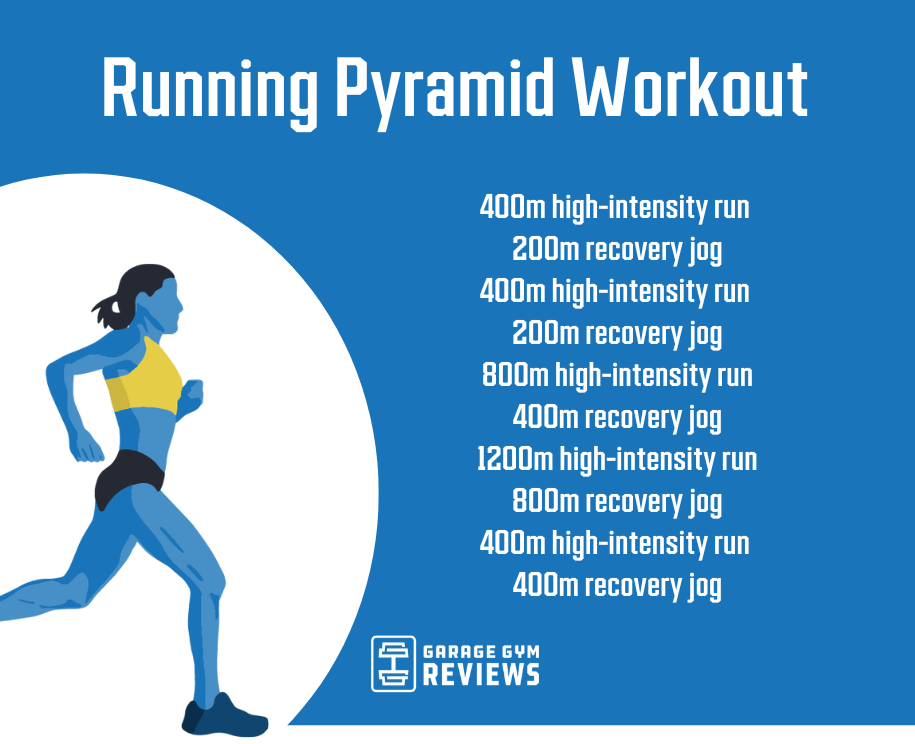Exactly How to Avoid and Handle Discomfort in Operating: Specialist Tips and Suggestions
The pursuit of that jogger's high can often be impeded by the unwanted buddy of discomfort. There exist tried and tested strategies and expert guidance that can assist reduce and handle these discomforts, allowing you to concentrate on the delight of running itself.
Relevance of Appropriate Shoes
Proper shoes plays a vital function in avoiding and taking care of pain for joggers, as it dramatically impacts their comfort, efficiency, and total foot health. When it comes to running, using the right shoes can make all the distinction. Ill-fitting or improper shoes can lead to a host of problems such as blisters, shin splints, plantar fasciitis, and much more extreme injuries like tension fractures.
Selecting the appropriate operating shoes involves taking into consideration aspects such as foot type, stride auto mechanics, running terrain, and personal choices. Runners with high arcs might call for more cushioning and assistance, while those with flat feet could benefit from security shoes. In addition, comprehending pronation (the internal rolling of the foot) and supination (the outward rolling of the foot) can aid in picking shoes that offer the appropriate degree of arch assistance.
Buying top quality operating footwear that are proper for your private requirements can aid protect against pain and discomfort while improving your running experience. Focusing on proper footwear is not almost performance however additionally about protecting your foot health in the long run.

Efficient Warm-up Techniques
Footwear option is simply one facet of preparing for a successful run; another crucial component is implementing efficient workout strategies to enhance efficiency and decrease the threat of injury. A vibrant warm-up regimen before a run assists increase blood circulation to the muscle mass, improves flexibility, and boosts the variety of activity of the joints. Dynamic extends like leg swings, high knees, and hip circles are helpful in preparing the body for the physical needs of running. Slowly enhancing the strength of the warm-up exercises can aid activate the muscle mass and improve neuromuscular control.
In enhancement to dynamic stretches, integrating some light cardio workouts such as running or missing rope can better raise the heart price and heat up the body. This combination of dynamic stretching and light cardio aids loosen up tight muscles, lubricate the joints, and mentally prepares the runner for the upcoming workout (running strategy). By making warm-ups a regular part of your running regimen, you can significantly decrease the danger of injuries and execute at your finest throughout each run
Key Extending Exercises
When getting ready for a run, including vital stretching exercises is necessary to improve muscle mass flexibility and prevent injuries - Read More. Dynamic extends such as leg swings, high knees, and hip circles are advantageous for heating up the muscle mass and increasing range of movement prior to a run. These activities aid boost blood flow, loosen up limited muscle mass, and prepare the body for the activity in advance
Fixed stretches like calf stretches, hamstring stretches, and quadriceps stretches need to follow a run to assist in muscle healing and protect against rigidity. Holding each go for 15-30 secs allows the muscle mass to loosen up and lengthen, decreasing the threat of post-run discomfort and possible injuries.
Additionally, incorporating yoga exercise presents like down dog, pigeon posture, and spinal spins can target multiple muscular tissue groups at the same time, promoting general versatility and stamina. Regular stretching regimens not just enhance performance however also help in maintaining good running type and protecting against overuse injuries. Bear in mind, proper stretching techniques are vital for a secure and enjoyable running experience.
Recovery and Rest Strategies
After completing a run, executing efficient healing and rest methods is necessary for making best use of performance and lessening the risk of injuries. One vital element of recuperation is allowing the body time to rest and fix itself. Appropriate rest is critical as it is throughout rest that muscle mass recuperate and grow more powerful. Additionally, integrating rest days into your training timetable is vital to stop overuse injuries and fatigue.
Active healing techniques such as gentle extending, foam rolling, and yoga exercise can aid improve blood circulation, decrease muscle pain, more information and improve flexibility. It is additionally helpful to prioritize hydration and nutrition post-run to renew electrolytes, glycogen stores, and promote muscular tissue recovery.
Cross-training activities like swimming or biking can provide a break from the recurring influence of running while still preserving cardio fitness - running workout. Listening to your body and identifying when it requires a break is key to avoid chronic injuries and making sure long-lasting running success. Remember, remainder is not a sign of weakness but a crucial element of a well-rounded training routine
Cross-Training Benefits

It enables you to function on various facets of health and fitness that might not be targeted solely via running, leading to a more well balanced and versatile athlete. In addition, cross-training can help enhance running performance by attending to muscle imbalances and weak points that may impede efficiency.
Conclusion
In verdict, proper shoes, warm-up methods, extending exercises, healing techniques, and cross-training are important components in preventing and handling pain in running. By including these methods into your regimen, you can lessen the risk of injury and discomfort while making the most of performance and satisfaction of the sporting activity. Read More. Remember to pay attention to your body, focus on rest and healing, and look for professional support when required to guarantee a safe and efficient running experience